Balancing Utensils
A balanced diet is always a good idea to help you stay healthy. Here’s an activity that’ll be a hit at home or at your […]
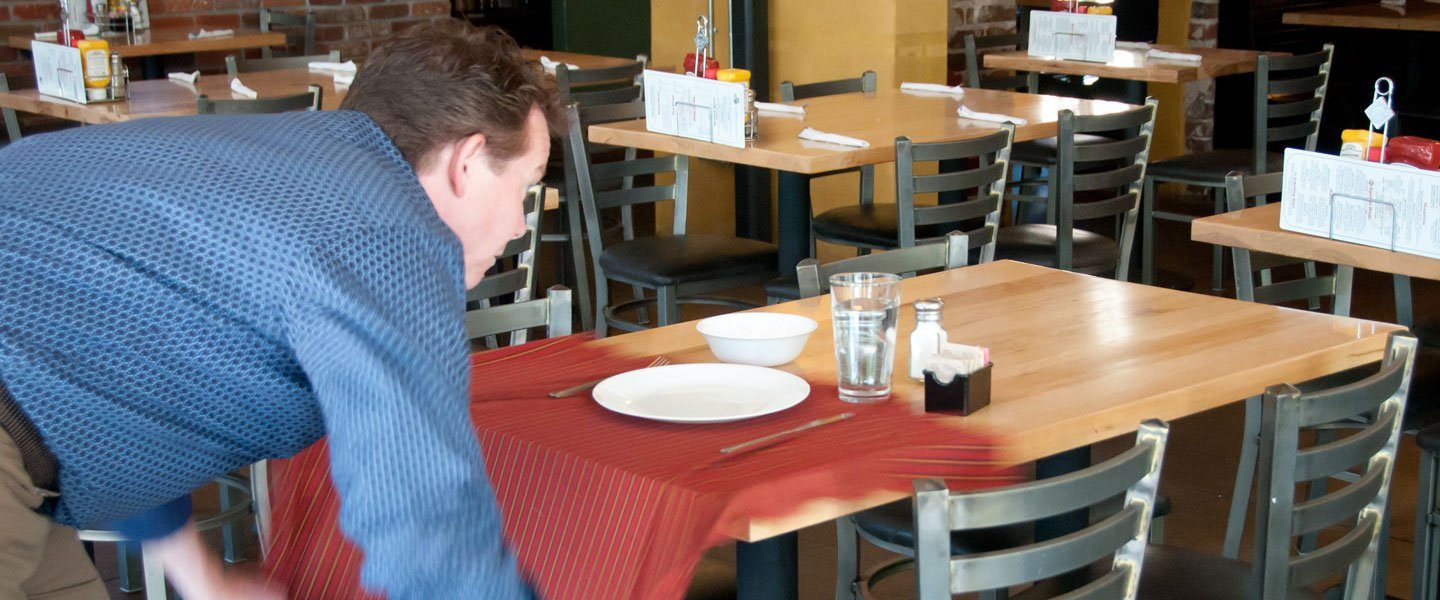
The classic whip-off the tablecloth trick is a must for any aspiring science demonstrator. It’s guaranteed to either bring down the house or to get you into a lot of hot water. The idea is really quite simple – yank the tablecloth out from under a beautiful place setting without destroying the meal (or the place setting). It’s easy if you take a science lesson from Sir Isaac Newton.
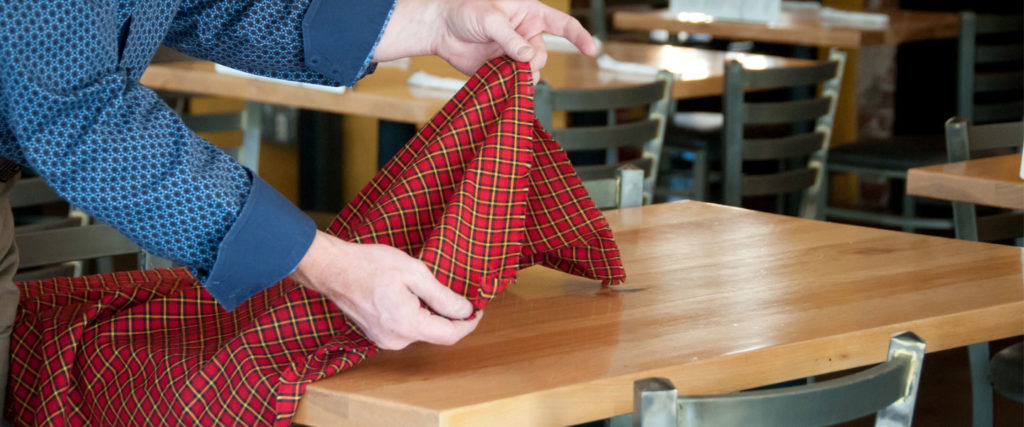
Check the tablecloth you want to use and make sure there are no hems on the edges. A hem means the edge of a piece of cloth has been turned under itself a number of times and sewn. It prevents frayed edges,
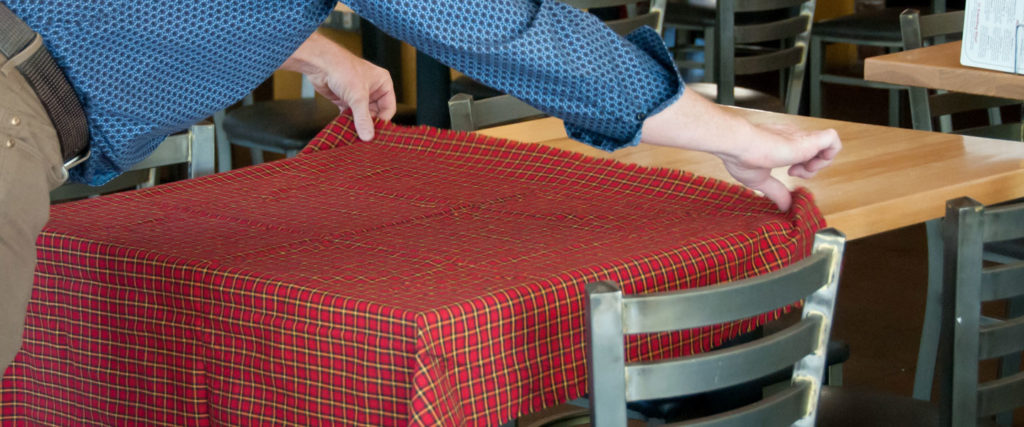
Spread the tablecloth onto the tabletop with about 2 feet (61 cm) of the tablecloth on the table. The rest can hang down over the edge for now. Make sure there are no wrinkles or humps in the cloth.
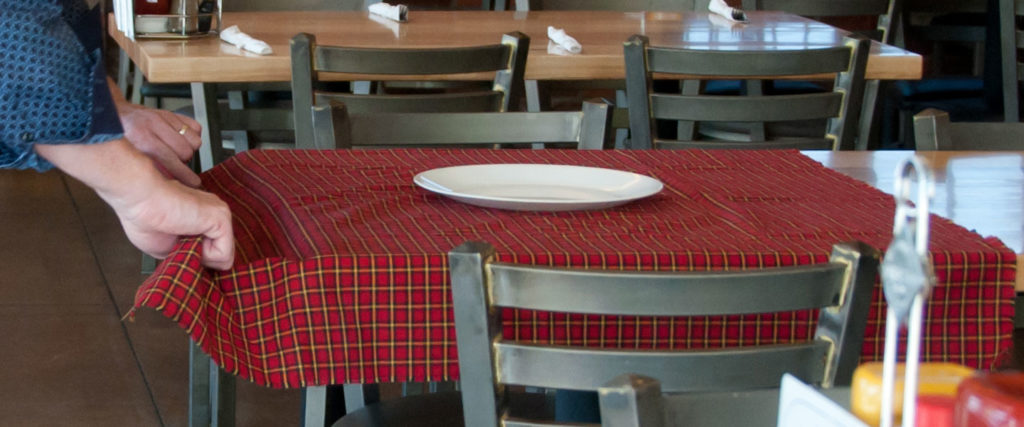
You’ll want to practice several times. Pull the cloth as fast as you can straight down along the edge of the table.
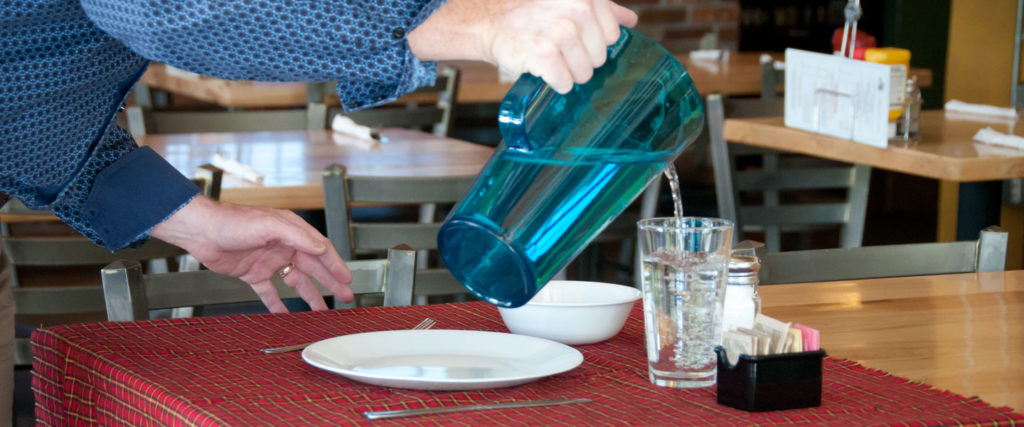
Place the practice cups, plates, and utensils on the tablecloth close to the edge of the cloth on the table (for practice). This makes for less tablecloth to pull out from under the stuff sitting on it. It builds your confidence.
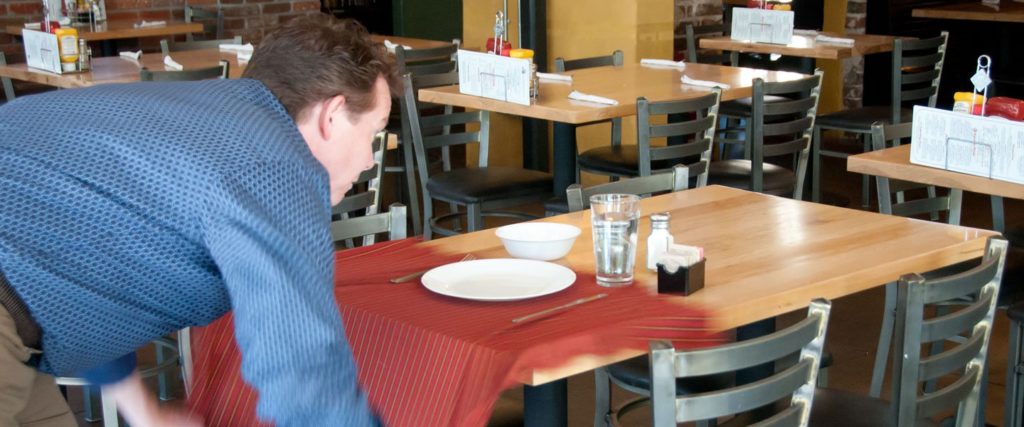
Grab the hanging end of the tablecloth with both hands so they’re lower than the surface of the table Yank the tablecloth out from under the dishes by pulling it downward very quickly at the edge of the table. Keep your hands below the table top. Practice this several times.
The key is the quick, downward motion. Tell yourself, “Pull down… not out.” Also, keep the cloth parallel to the edge of the table top so it comes off all at once along the edge.
The only way to make this work is to just do it. If you’re nervous, start with only a dinner plate and do it over a carpeted floor. You’ll be amazed when it works and you’ll add a saucer, then a cup, and so on. Be sure to thank Sir Isaac Newton for his help in making you an overnight success.
Plain and simple, the Tablecloth Trick works because of inertia. In his First Law of Motion (there are three), Newton described inertia as the tendency of an object at rest to remain at rest unless a force acts upon the object to move it. Inertia for an object in motion is the tendency for that object to remain in motion, unless a force acts on it to speed it up, slow it down, stop it, or change its direction. In terms of the Tablecloth Trick, inertia is the key. The inertia of the stuff on the table keeps them where they are despite the speeding tablecloth underneath them.
There is, however, another component to consider: friction. As explained, all of the objects (the plate, bowl, cup, utensils, etc.) are at rest. When you pull the cloth, friction between the cloth and the bottoms of the dishes acts on the them for a short time in the direction of the pull. Except, the tablecloth is “slippery,” so the force of friction is small and the cloth slides out from underneath the objects without dragging them too much. It helps to have a very smooth tabletop, as well. A towel or blanket would bring a lot of friction to the party and would be a poor choice as a tablecloth for this activity.
Experimentation with Mom’s best dinnerware probably isn’t a great idea. In this case, “taking it further” might get you into a world of trouble. Instead of testing out different plates, bowls and glasses, try experimenting with different masses on the plates. Make the plate or bowl heavier by adding a piece of fruit or something with some weight. Is it easier or harder to whip off the tablecloth?
Once the tablecloth is off the table, try this variation. Carefully stack a tower of nickels on the table. Make the tower as straight as possible. Using a butter knife, swipe the bottom nickel out from under the tower. Does the tower crash or remain standing? How tall can the tower be before it crashes when the bottom nickel is removed? Do you get the same result if you use a different kind of coin?
If you aren’t sure about ripping the tablecloth out from under Mom’s dishes, try placing a piece of paper under a heavy object on the table. The object should sit on one side of the paper and the rest of the paper should stick out over the edge of the table. Hold the edge of the paper in one hand, and with a quick downward motion (think karate chop!), use your other hand to “chop” the paper and pull it out from under the object.